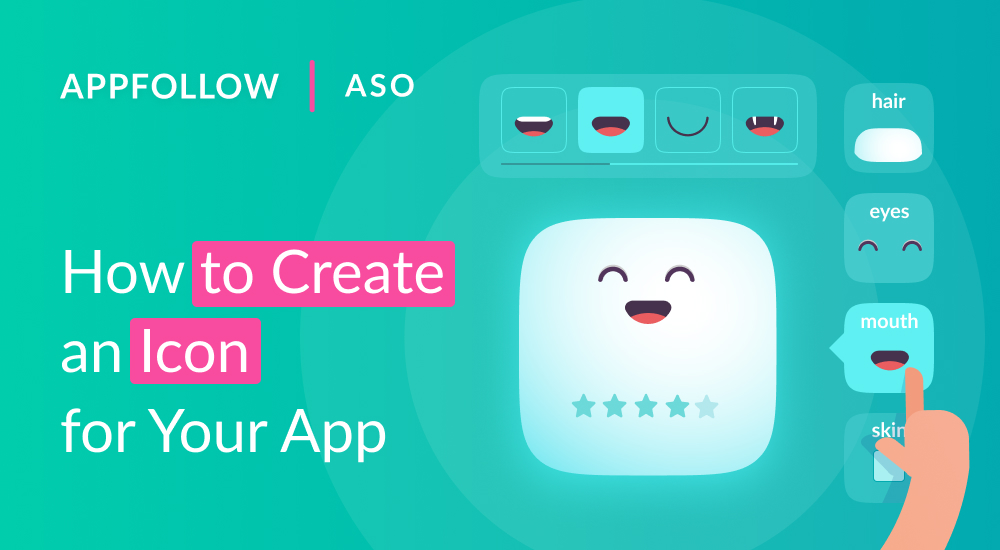

- XCODE 10 APP ICON GENERATOR HOW TO
- XCODE 10 APP ICON GENERATOR INSTALL
- XCODE 10 APP ICON GENERATOR FOR ANDROID
- XCODE 10 APP ICON GENERATOR ANDROID
XCODE 10 APP ICON GENERATOR ANDROID
Next, extract the downloaded file and copy the iOS and Android folder to the assets folder located in the assets directory of the starter project you cloned:īuilding a splash screen in React Native requires some fine-tuning. This process should take approximately two minutes to complete, depending on your internet speed: Drag your image on the box provided, select 4x as your base size, select iOS, and Android, and click generate. Building a React Native splash screenįirst, head over to Appicon. You can clone the complete source code for these tutorials on GitHub.
XCODE 10 APP ICON GENERATOR FOR ANDROID
In this tutorial, we will be using the App Icon Generator, an online platform for creating icons and images for Android and iOS apps.īefore you proceed, make sure you have a high-definition, 2,000-by-2,000px (72 PPI) image ready. However, there are lots of available third-party tools that can help you create a splash screen for both Android and iOS. Most experienced designers can create the required splash screen resolutions for both devices from scratch. For instance, the Android device’s requirements are totally different from that of iOS.

Let’s get started! Why image size matters for splash screensĬreating a splash screen for a mobile application is a bit tricky and you don’t want to risk having display issues on some devices due to inconsistencies in your splash screen resolutions. A basic understanding of React/React Native.A code editor installed in your development machine (e.g., VS Code).iOS Simulator or Android Emulator for testing.Node.js and Watchman installed on your development machine.Familiarity with CSS, HTML, JavaScript (ES6).To follow along with this React Native splash screen tutorial, you should have: The finished app will look like the screenshot below:
XCODE 10 APP ICON GENERATOR HOW TO
The tutorial will walk you through how to prepare the right image sizes, update the necessary files, and hide the splash screen on the app load. React Native splash screen exampleįor this react-native-splash-screen demo, we’ll build a splash screen for both Android and iOS.

You’ll want to show a loader while the user is waiting showing a loader as soon as the app starts helps you present an organized, well-designed display to your user while they wait for the app to initialize. Imagine, for example, that you’re preloading data from an API. There are many benefits to creating a splash screen in React Native. As straightforward as this sounds, it’s a critical tool to build and retain your user base. In web applications, we use preloaders to inform animations to keep users entertained while server operations are being processed. A splash screen is arguably the best way to make your mobile application’s brand name and icon stick in the user’s subconscious. The splash screen is the first screen that appears before the user accesses the rest of your app’s functionalities.
Building a splash screen in React NativeĮditor’s note: This splash screen React Native tutorial was last updated on 9 November 2022 to include information such as how to change the splash screen background color in iOS and Android apps. Emmanuel Etukudo Follow I am a full-stack developer with more than five years of experience, with a preference for JavaScript, Node.js, Go, React, Redux, and MongoDB.


 0 kommentar(er)
0 kommentar(er)
